10 Animals that Communicate Through Dance
Out in the wild, nature isn’t just about survival—it’s full of rhythm, movement, and even dance. Animals don’t just rely on sound or scent to communicate; sometimes, they put on performances that are as mesmerizing as they are essential. Whether it’s for finding a mate, securing their place in a group, or simply navigating their world, these natural dances tell incredible stories. From the intricate footwork of tiny birds to the hypnotic sway of sea creatures, every move has meaning. So, let’s dive right in and meet the best of nature's dancing royalty!
1. Manakin’s Impressive Courtship Moves
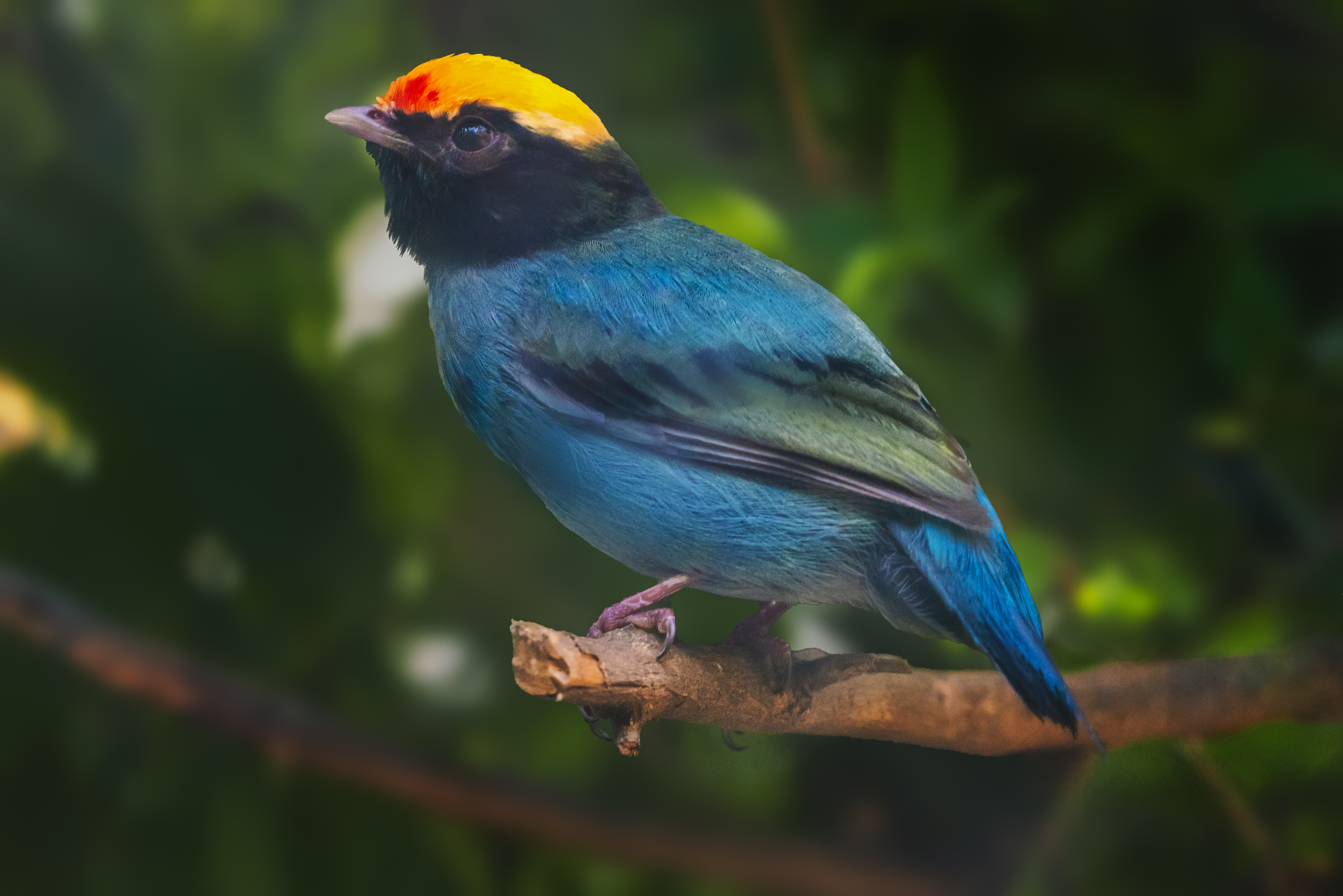
Deep in the forests of Central and South America, tiny manakin birds put on one of the most impressive dance routines in nature. These little guys don’t just flap their wings—they snap them like castanets, leap between branches, and stick their landings with pinpoint precision. It’s all about putting on a show to impress a mate, and only the most skilled performers get the prize. Some species even dance in pairs, perfectly synchronized like a well-rehearsed duet. Watching them in action feels less like a simple courtship display and more like a full-on ballet, where rhythm, style, and sheer charisma make all the difference. In a world where survival is usually about strength or speed, manakins prove that sometimes, flair is just as important.
2. Bowerbird’s Stage and Spectacle
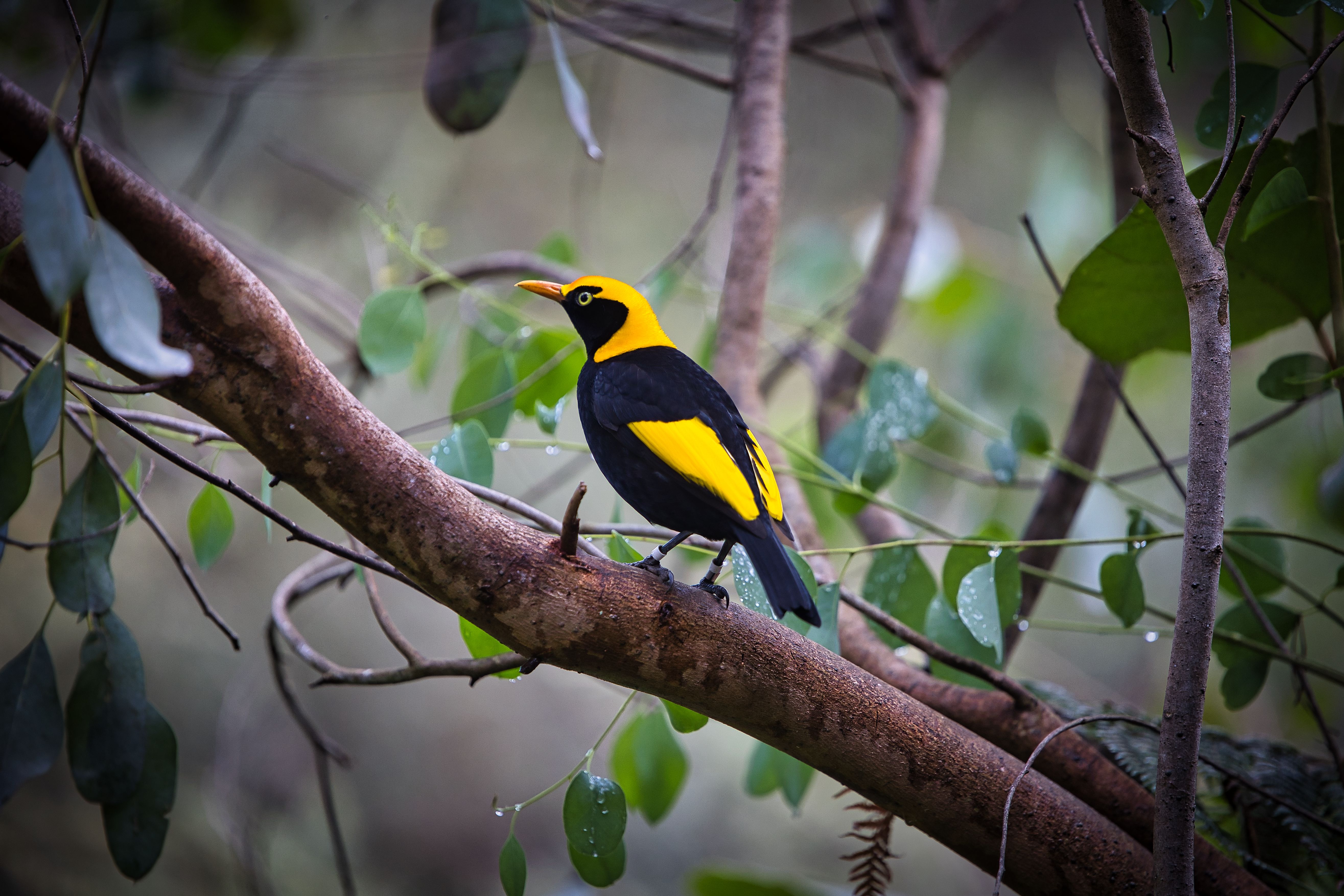
Imagine a bird that doesn’t just dance but actually builds a whole stage for its performance. That’s the bowerbird. Found in Australia and New Guinea, male bowerbirds go all out to impress a mate, spending hours gathering colorful treasures—flowers, berries, shells—to decorate their bowers. These aren’t nests; they’re elaborate showpieces, designed purely to dazzle. And once everything is perfectly arranged, the real performance begins. The males put on a carefully choreographed dance, showing off their moves with flair, hoping to win over a watching female. It’s a mix of creativity, dedication, and pure showmanship, proving that in the world of bowerbirds, good taste and a little bit of drama can go a long way.
3. Peacock Spider’s Tiny but Mighty Dance
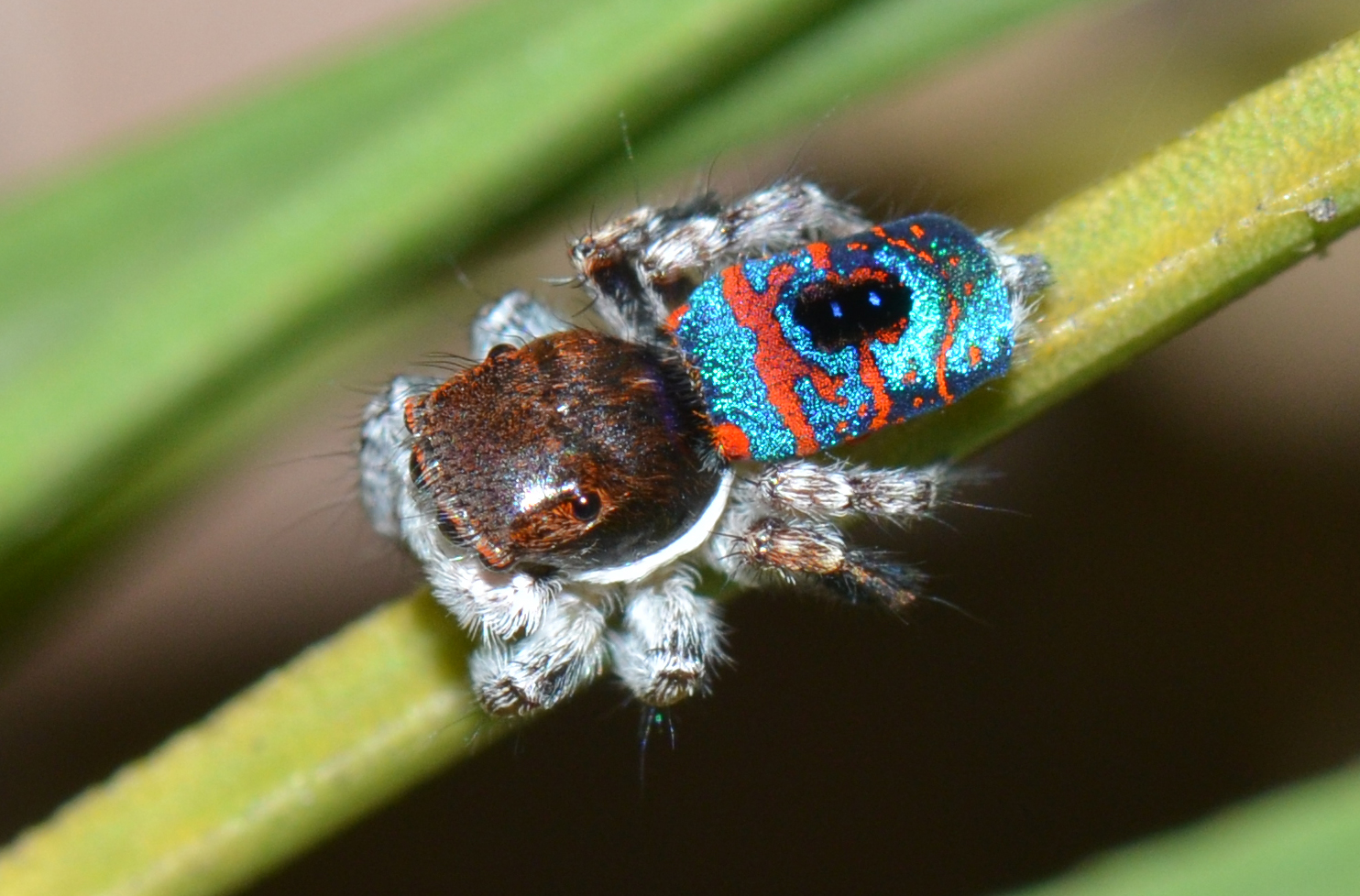
Spiders probably aren’t the first thing that comes to mind when you think of dancing, but the tiny peacock spider might change that. No bigger than a grain of rice, these little performers put on a show that’s as colorful as it is high-stakes. Males raise their brilliantly patterned abdomens like a miniature fan, waving their legs in a perfectly timed routine, almost like they’re moving to an invisible beat. It’s all about catching the attention of a potential mate, but there’s a catch—if the female isn’t impressed, things can take a deadly turn. In the world of peacock spiders, a bad dance isn’t just embarrassing; it could mean becoming lunch instead of a lover. It’s nature’s version of a high-risk dance battle, where the best moves don’t just win admiration—they also save a life.
4. Sea Slug’s Graceful Underwater Flow
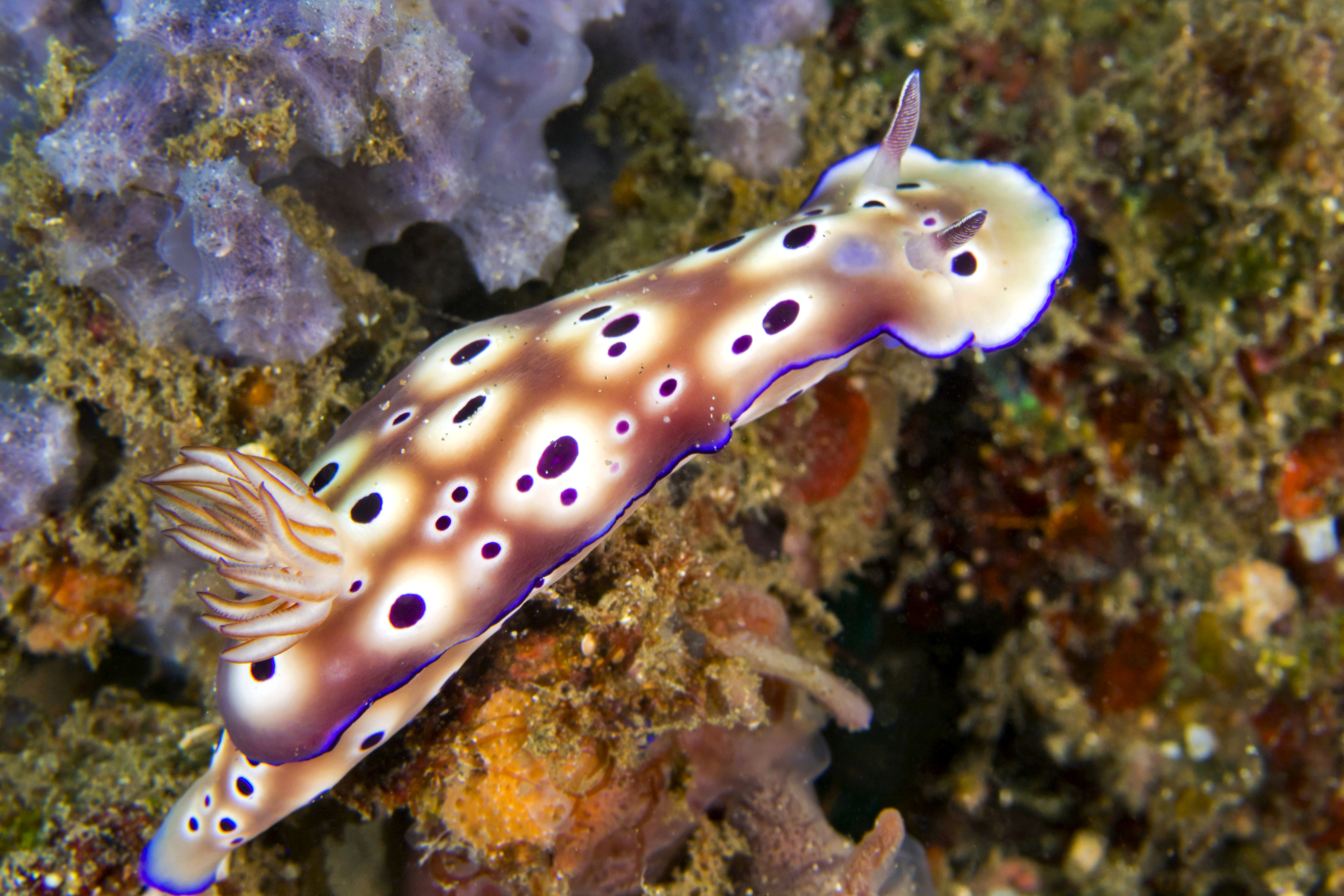
Beneath the waves, sea slugs—better known as 'nudibranchs'—glide with a slow, almost hypnotic sway. Their flowing movements aren’t just for show; they serve a purpose, whether it’s attracting a mate, warning off rivals, or simply navigating their underwater world with effortless grace. In the deep, where sound barely carries, body language becomes everything, and these creatures have mastered the art of silent expression. With their vivid colors and delicate, rippling motions, they look like living pieces of art.
5. Honeybee’s Precision Choreography
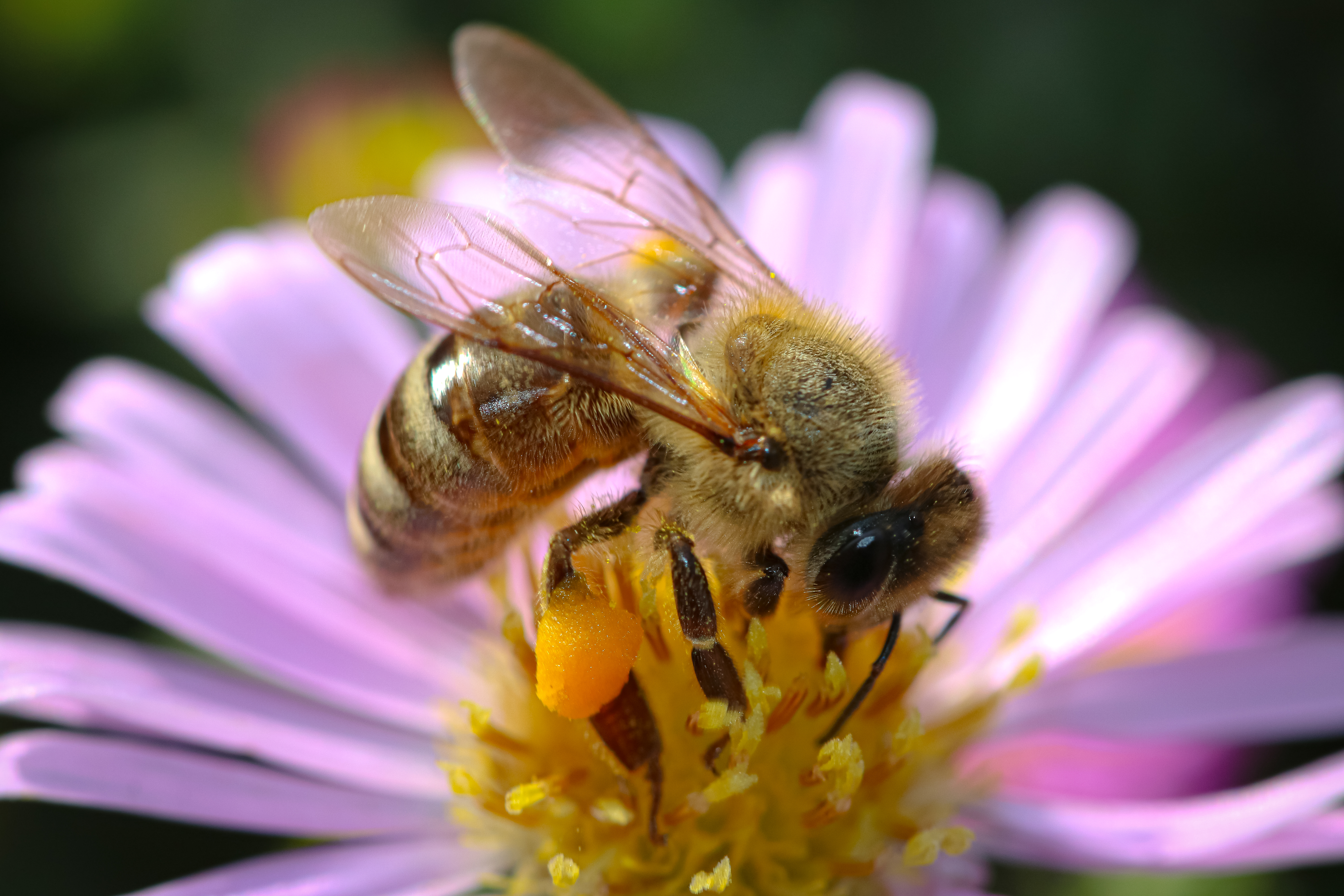
Inside a beehive, the buzz isn’t just about making honey—it’s about teamwork. Honeybees have a unique way of sharing information, using the "waggle dance" to point their hive mates toward the best food sources. Every movement in this tiny performance has meaning—the speed, angle, and duration of the waggle all translate into precise directions, guiding other bees to nectar-rich flowers. It’s an extraordinary system, almost like a living GPS, proving that complex ideas don’t always need words. In a world where survival depends on efficiency, honeybees show that sometimes, the best way to get a message across isn’t through sound or scent—it’s through dance.
6. Red-Capped Robin-Chat’s Dance Duet
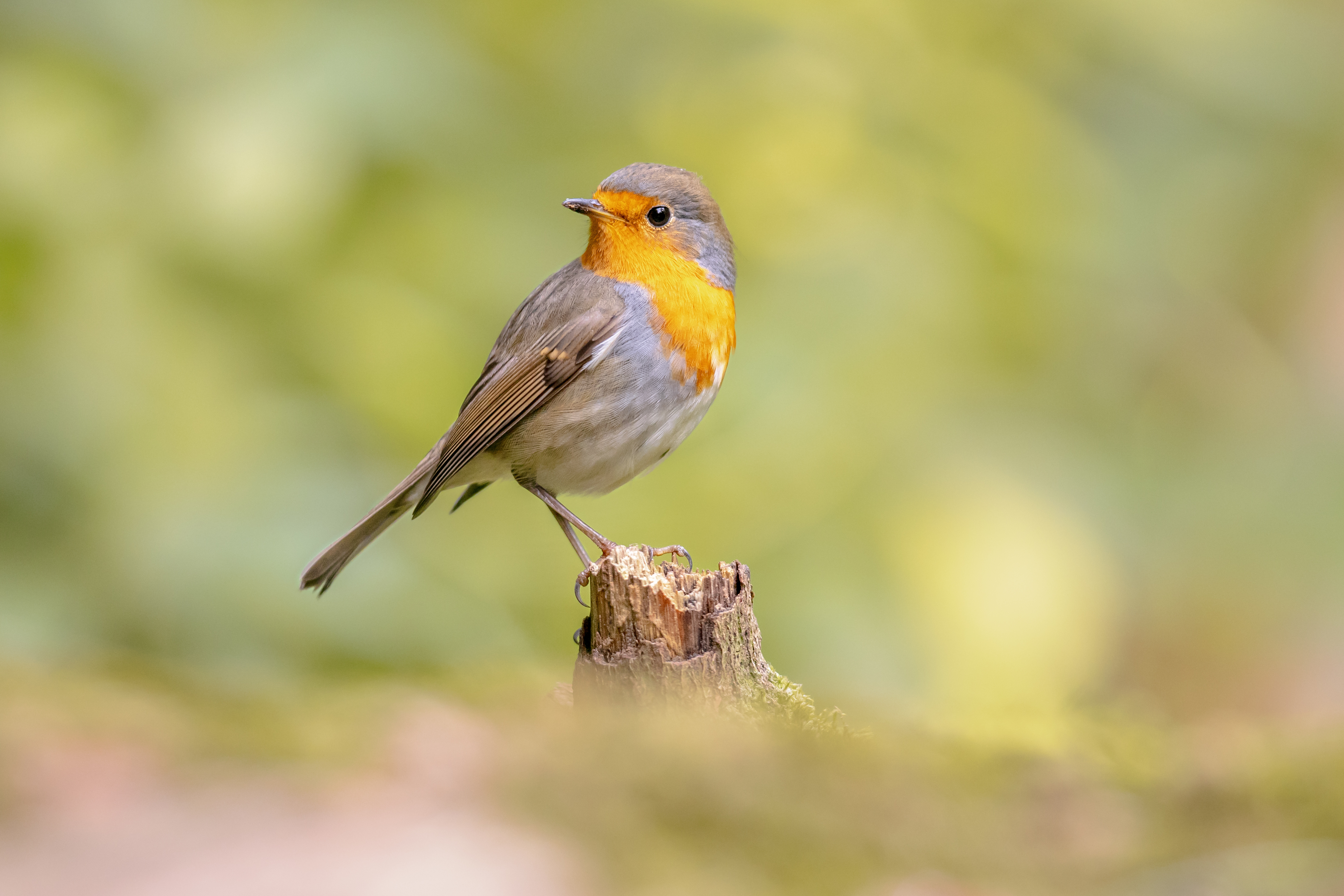
Deep in the dense African forests, the red-capped robin-chat puts on a show that blends movement and melody in perfect harmony. This little bird dances while punctuating its songs with rhythmic hops, wing flutters, and precise tail flicks. Every movement is timed flawlessly, as if it's performing to its own beat, creating a display that’s as much about rhythm as it is about romance. It’s a rare combination of musicality and motion, proving that in nature too music and dance remain deeply connected.
7. Firefly’s Light Show
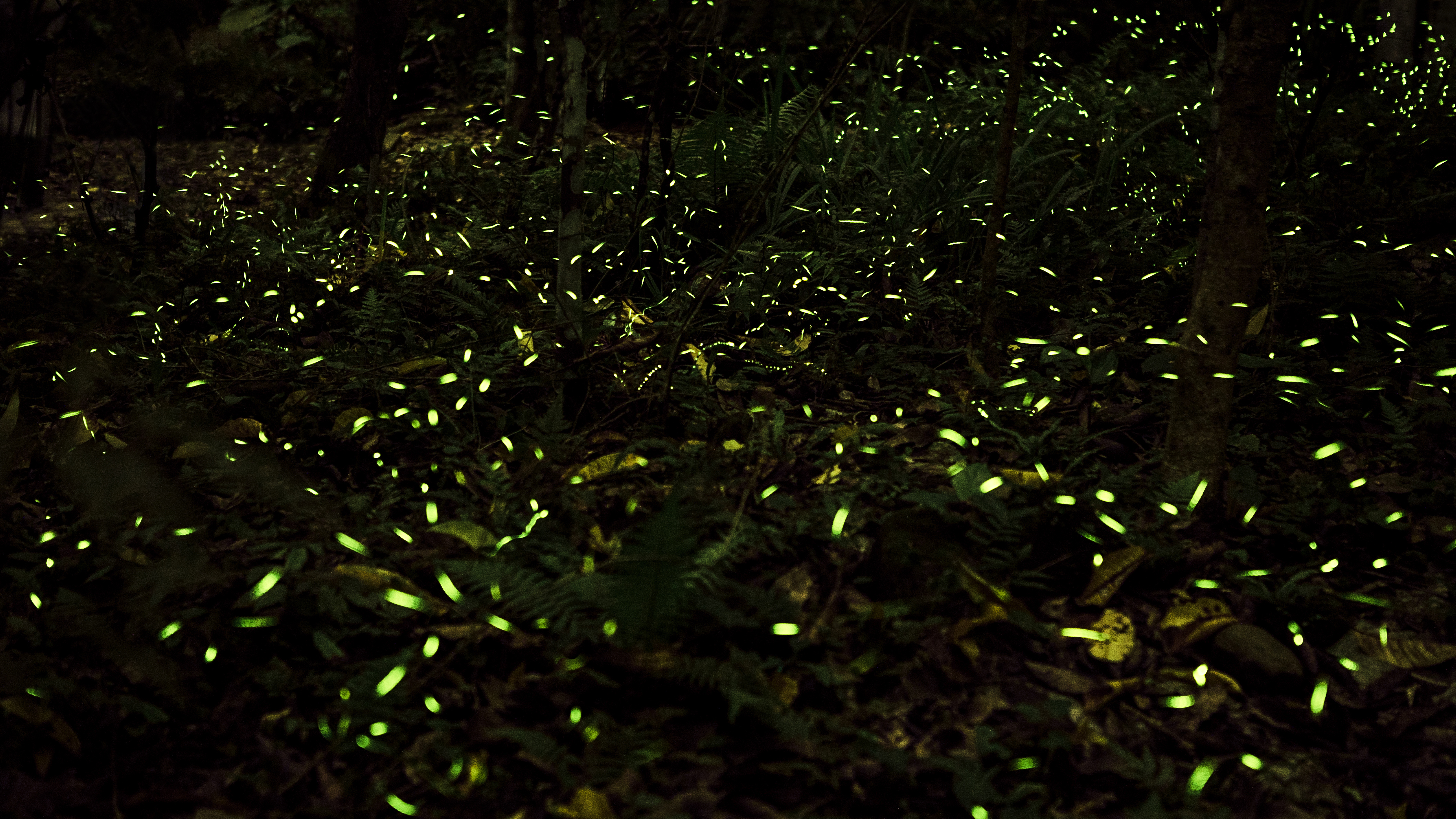
As night falls, fireflies turn the darkness into a shimmering light show, their glowing flashes flickering like tiny beacons. But this isn’t just for decoration—it’s a carefully orchestrated mating dance, with each following its own unique rhythm. Some pulse in steady beats, while others blink in rapid bursts, creating a silent dialogue in the night. Every flash is a signal, a call, and a response, forming an intricate language of light. It’s a mesmerizing sight where partners find each other not through sound, but through perfectly-timed illumination. In a world where communication comes in many forms, fireflies are perhaps the most unique ones.
8. Lyrebird’s Soundtrack and Dance
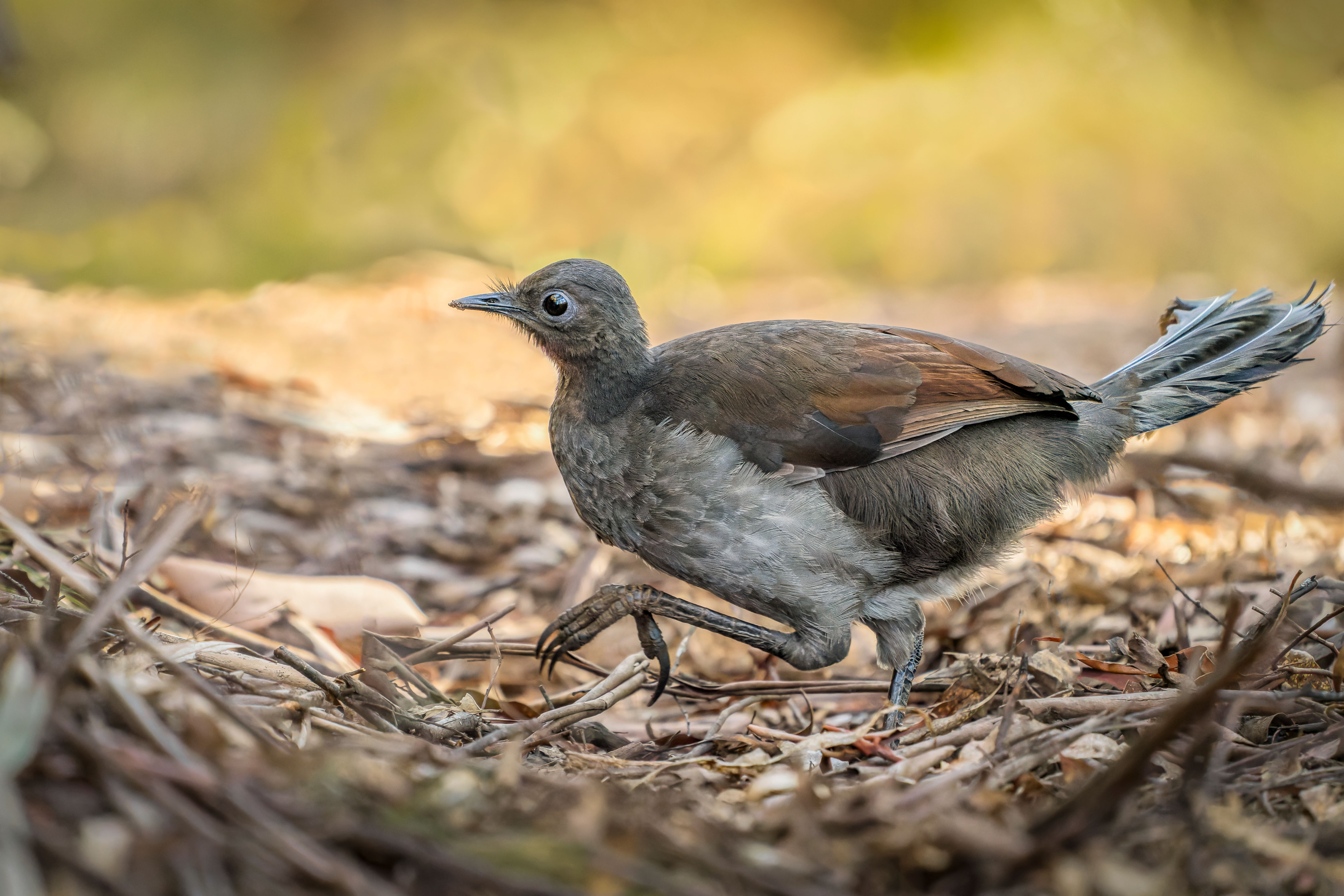
Deep in Australia’s forests, the lyrebird puts on a show unlike any other. This master mimic doesn’t just copy the songs of other birds—it goes further, imitating everything from camera shutters to chainsaws and even car alarms with eerie precision. But the performance doesn’t stop at sound. When the moment calls for it, the lyrebird fans out its elaborate tail feathers, adding a visual spectacle to its already impressive routine. With each movement timed to its uncanny vocal display, it creates a performance that’s as much about rhythm as it is about showmanship. It’s a reminder that in the natural world, communication isn’t just about what you say—it’s how you say it. And for the lyrebird, the perfect blend of music and movement isn’t just talent—it’s an art form.
9. Japanese Crane’s Love Dance
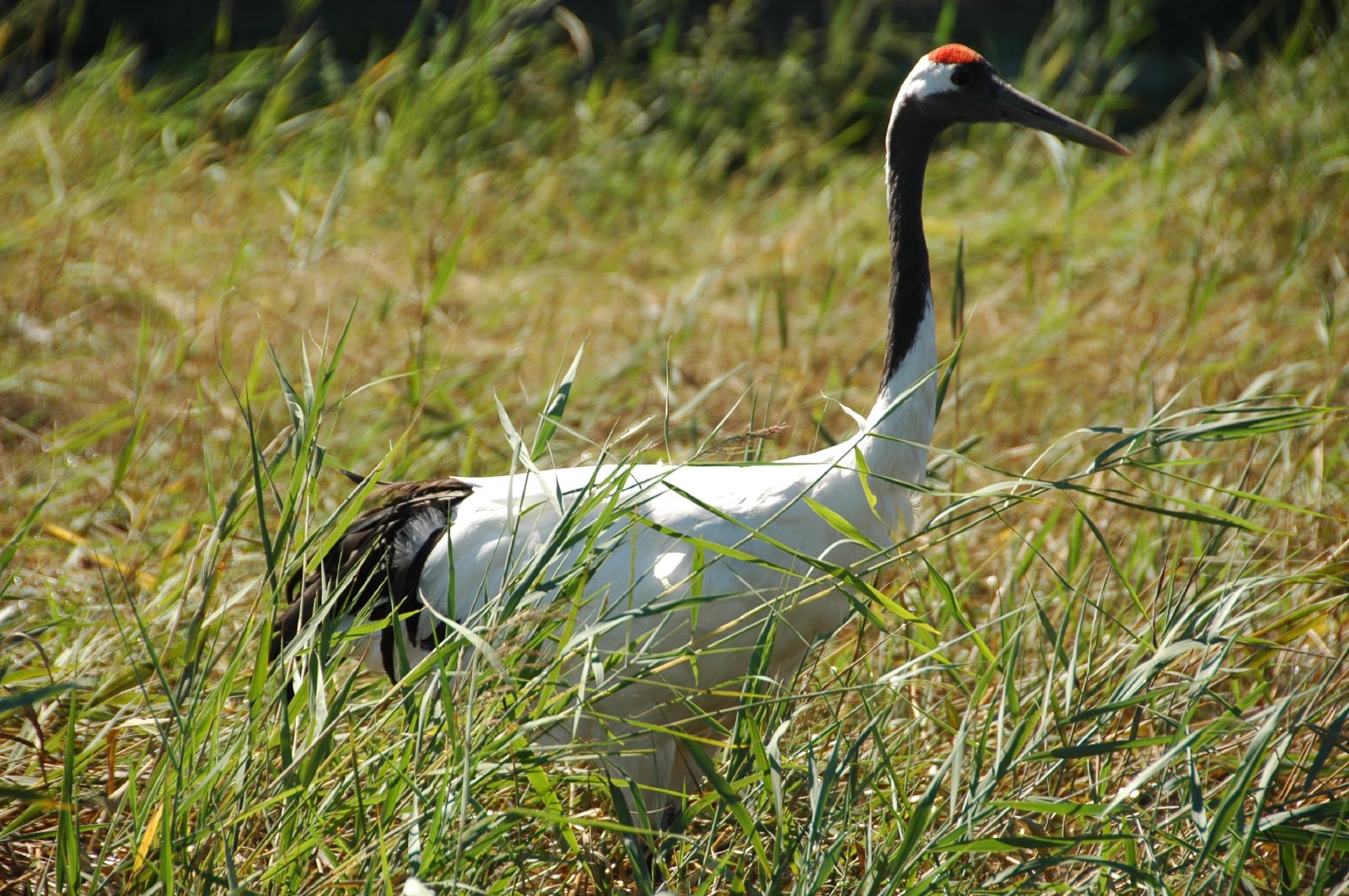
In the snow-covered landscapes of Japan, Japanese cranes perform a dance that’s all about connection and devotion. These graceful birds leap into the air, bowing to one another in a ritual that symbolizes lifelong bonding. Every movement is carefully coordinated, their steps synchronized in a beautiful display of unity and trust. As they dance together, it’s clear that this isn’t just a performance—it’s a deep expression of love. Watching them can feel like witnessing a perfectly choreographed routine that speaks to the heart of what it means to be in sync with another. In the quiet of the snowy fields, the cranes' dance is a reminder that even in the animal kingdom, true connection is something to be celebrated.
10. Golden-Collared Manakin’s Flashy Footwork
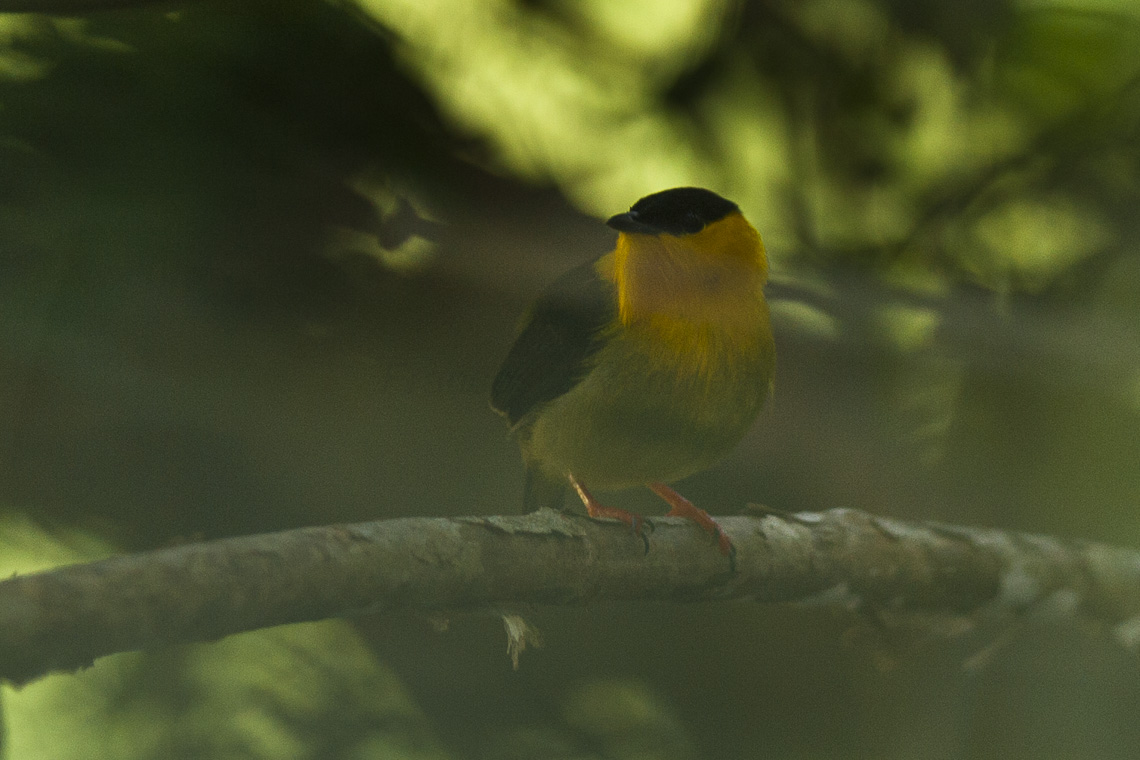
Back in the tropical forests of the Americas, the golden-collared manakin takes courtship dancing to a whole new level. With swift wing snaps and lightning-fast hops, these tiny birds perform with such speed and precision that it’s almost impossible to keep up with the naked eye. Their movements blur in a flurry of energy, each hop and snap designed to impress a potential mate. It’s like nature’s version of a high-speed dance-off, where only the most skilled and most dazzling performers get the prize. But in the fast-paced world of the golden-collared manakin, being quick on your feet isn’t just impressive—it’s essential.
As we marvel at the way animals use dance to communicate, it’s impossible not to draw parallels to our own world. Across cultures, dance is a universal language—a way to tell stories, express emotions, and connect with others. Just like the creatures we’ve explored, humans have been using rhythm and movement to communicate for centuries. Perhaps their performances aren’t so different from our own after all!







